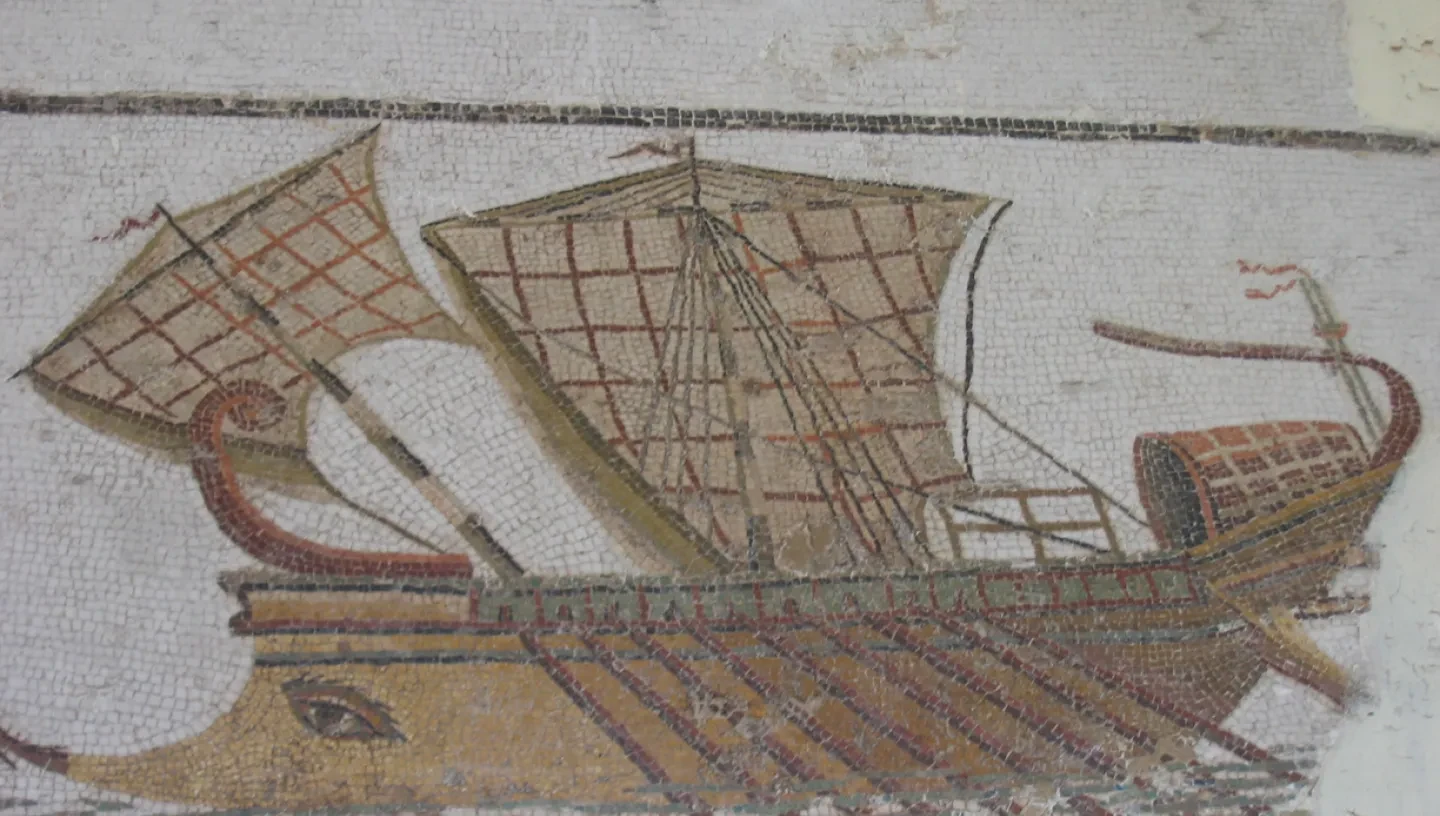
Shipbuilding: The earliest vessels
People have travelled by sea using ships and boats for centuries. The Egyptians, Greeks and Phoenicians made some of the earliest vessels.
For thousands of years, people have wanted to move on the water. They have used boats and ships to fish, to travel, to explore, to trade or to fight. Throughout the time that people have been building boats and ships, they have made changes to them, to make travelling on the water easier, faster and safer.
Do we say ‘boat’ or ‘ship’?
The Historic Ships Committee designated a vessel below 40 tons and 40 ft in length as a boat. However, submarines and fishing vessels are always known as boats whatever their size.
The first boats
No one knows exactly when the first boat was invented. Long ago, people probably discovered that they could keep themselves afloat by clinging onto fallen logs or bundles of reed. Gradually, they learnt how to hollow out logs to make rafts.
Egyptian ships
Egyptians were among the earliest ship builders. The oldest pictures of boats that have ever been found are Egyptian, on vases and in graves. These pictures, at least 6000 years old, show long, narrow boats. They were mostly made of papyrus reeds and rowed using paddles. The Egyptians used their ships to trade with other countries around the Mediterranean sea.
Greeks and Phoenicians galleys
Between 1200 and 900 BC, the Greeks and the Phoenicians began to build up their sea trade. They used galleys, both as merchant ships for trading, and as warships. Rowers powered the fighting galleys, sitting in one, two or three lines. The Phoenicians made many long sea journeys, but stayed quite close to the coast. One of the places they sailed to was Cornwall, looking for tin.
Galleys continued to be used as late as the 18th century. The main weapon of the galley was a ram, a pointed piece of wood fixed to the front, or bow of the ship. The ram was crashed at fast speeds into the side of the enemy ship. The galleys also carried archers and men with spears. Sometimes they were fitted with a mast and one square sail, but they were taken down during battles.